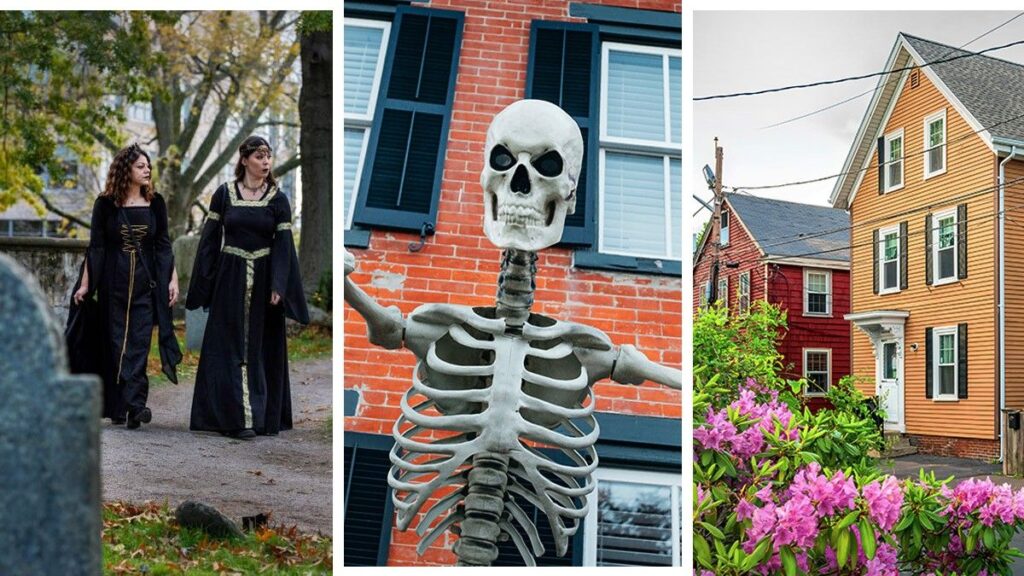
Getty Images
“We are what we always were in Salem, but now the little crazy children are jangling the keys of the kingdom, and common vengeance writes the law!”
No, that’s not a quote from a longtime resident of Salem, MA, complaining about the hordes of tourists descending on the fair town each Halloween. It’s a line from “The Crucible,” Arthur Miller‘s Tony-winning play memorializing the event that made Salem notorious—and an increasingly popular tourist destination each scary season: the infamous witch trials held in 1692.
At least two dozen people lost their lives during the mass hysteria that took over the Colonial community. More than three centuries later, that dark period in the city’s history continues to fascinate the public.
The trials have inspired countless books, TV shows, and movies. City officials have capitalized on that interest and marketed the city aggressively over the years. The result is hundreds of thousands of Halloween-loving visitors making a pilgrimage to Salem every October to celebrate all things spooky.
Salem is likely the nation’s most popular tourist destination each Halloween, beating out other places that have heavily marketed themselves for the holiday, including Sleepy Hollow, NY, and New Orleans. Locals brace themselves for the traffic and parking woes as tourists flood the streets and local businesses. Businesses live and die by the revenue they reap around All Hallows’ Eve. Tour guides whisk visitors eager for a ghost sighting by the city’s purportedly haunted homes.
And all of that attention is responsible for the uptick in inquiries that real estate agents receive from folks who hope to one day call Salem home.
“The witch trials are a very small part of our history, but it’s what attracts people,” says local real estate broker Jim Armstrong, of Armstrong Field Real Estate. “October’s just crazy, and Halloween is Mardi Gras. It’s wall-to-wall people. And if it falls on a Saturday, forget it. It’s fun though.”
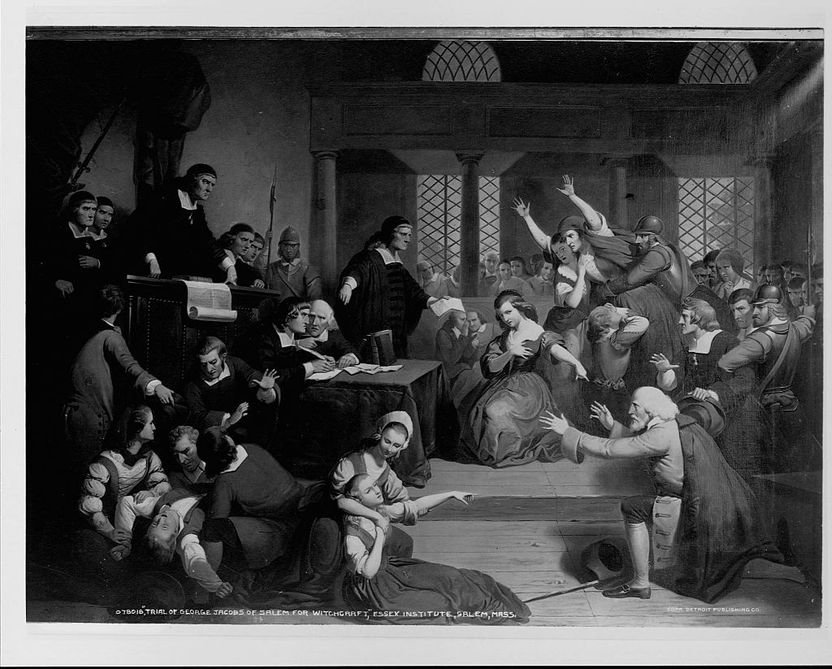
Library of Congress/Corbis/VCG via Getty Images
While tourists have been visiting the city since the witch trials, the city wasn’t always thriving as it is today. Twenty years ago, the downtown had its share of vacant storefronts. There were few restaurants and no fine dining experiences.
City leaders successfully marketed Salem’s history to turn it into an October and then a four-seasons destination with lots of events, new businesses, and attractions. (There is a film festival in the spring and a food truck and craft beer festival in the fall.) Lately, it’s become the Disneyland of Halloween.
“I’m a lover of history and Halloween and horror movies, and [Salem is] a one-stop shop for all of these things,” says Ron Martin, author of “Discover Salem: A Tour Guide for the Witch City.” “The aura of the location provides you with that feeling that anything can happen here.”
Visitors may love downtown Salem, but locals avoid it in October
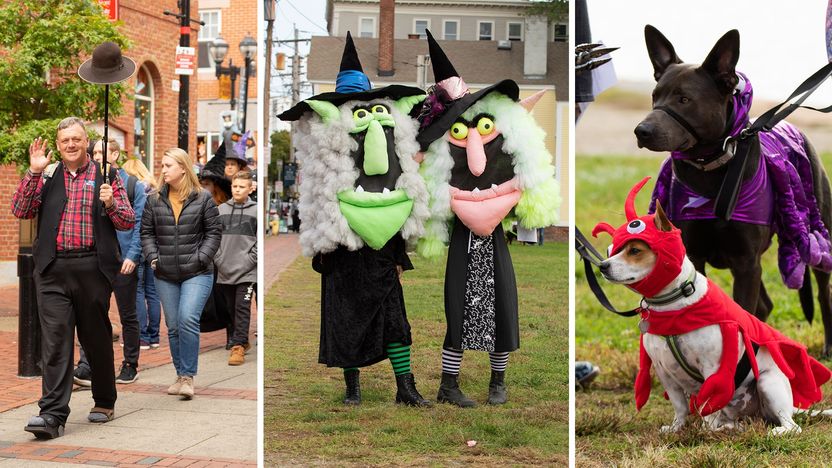
Katie Fox
Many visitors make a beeline for Salem’s downtown, about 20 blocks of shops and restaurants encompassing about 2 square miles along the waterfront. But locals typically avoid it during the month of October.
Last October, about 994,000 people visited Salem, a city of less than 45,000 residents, according to the city’s marketing organization and U.S. Census Bureau data from July 2022. There were 32% more tourists than in 2019. Traffic was bad and parking was scarce.
“There seems to be a little sizzle in the air in mid-September,” says Stacia Cooper, interim director for Destination Salem. “You can see a little influx [of visitors]. Then it’s kind of like a crescendo, once October gets here, it builds and then it builds and then it builds.”
The visitors help support the local businesses and the tax base.
“The tourism has been amazing for the city. [It] allows us to stay open all year,” says Diane Manahan, who co-owns the gourmet food and wine store Pamplemousse in downtown Salem. “There are lots of businesses that really depend on the month of October to get through the winter months.”
But not everyone loves the crowds. This October, longtime Salem resident Donna Seger escaped the city to spend a month in Southern Maine in a family-owned home. She’s working on a book commemorating Salem’s 400th anniversary to be published in 2026.
After 30 years, the history professor at local Salem State University was tired of the hordes of rowdy tourists in witch hats, the constant yelling and honking outside of her house, the line of cars winding past her house that makes it just about impossible to back her car out of her driveway.
“I hate it in October,” says Seger, who lives in a historic area near downtown. “I just can’t get past that the victims of 1692 were not witches. … It’s uncomfortable to see festivities based on terrible tragedy of human suffering.”
Salem’s housing market is tight
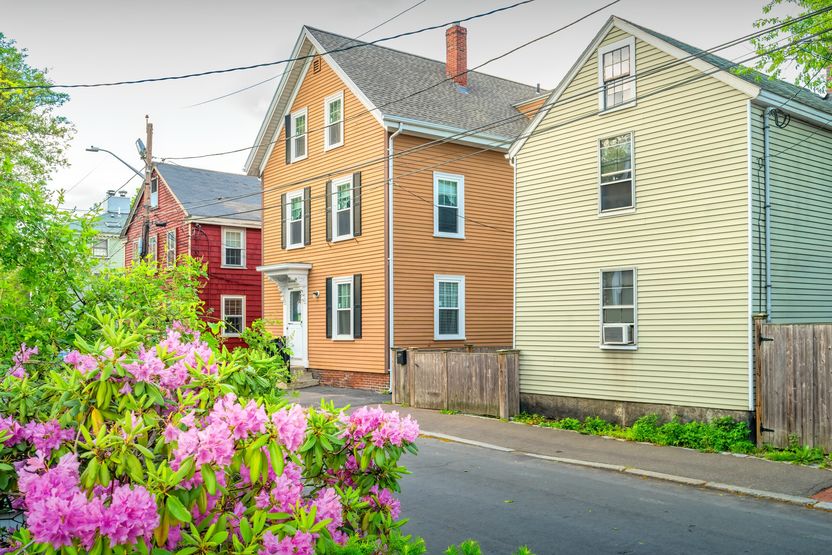
Getty Images
Visitors who fall in love with the New England city quickly learn that the housing market is extremely tight, with next to no homes for sale.
“This time of year, we should have 40 single-family homes on the market. We probably have less than 10,” says local real estate broker Jim Armstrong, of Armstrong Field Real Estate. There were just nine for sale on Realtor.com® as of Oct. 16, excluding homes that were under contract.
There were about two dozen condos for sale, many of them in older homes that have been subdivided or the upper floors of downtown, retail stores.
That lack of homes for sale is resulting in bidding wars and homes continuing to sell for 5% to 10% over the asking price, says Armstrong. However, instead of getting 30 to 40 offers in the COVID-19 pandemic days, single-family homes are generally receiving between three and 10 offers.
The median list price was $499,450 as of Oct. 1, according to Realtor.com data. That’s down about 10.8% from a year earlier and represented a 14.8% drop from the peak of $585,925 in March.
The rental market has been saturated with Airbnb listings as well, making it difficult for those who live in the city year-round to find housing.
Armstrong receives a lot of inquiries from potential buyers in October, “mostly just people who are curious.” They often say they would like to retire in Salem one day.
Most of the city’s buyers are from Boston, just a 30-minute train ride away, where the median list price was about $1.68 million in September.
Many of the city’s Colonial and Federal buildings (similar to a three-story Colonial) were built in the 1800s, although builders are putting up new luxury condo developments as well.
“Something built in 1900, we consider new construction,” says Armstrong.
Salem has a rich history
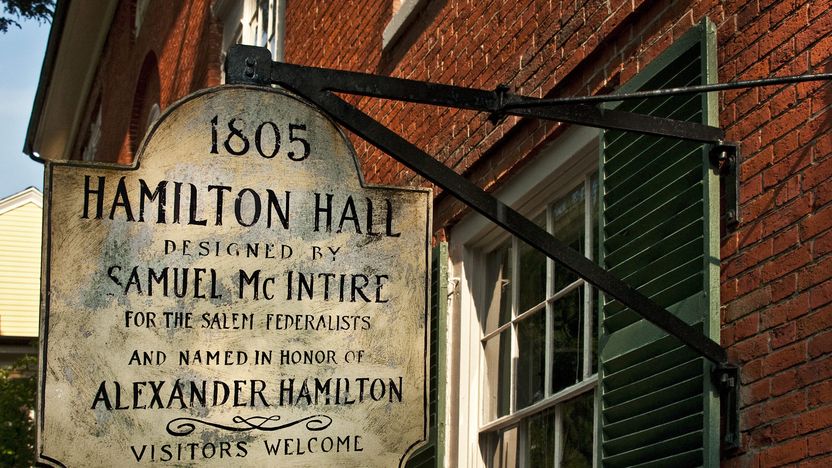
Salem was founded in 1626 as a Puritan settlement and a port town. The city had some of the most privateers during the revolution, basically legal pirates, who fought and claimed English ships.
After the American Revolution, the city became a wealthy community with goods coming in from Asia to the ports.
Novelist Nathaniel Hawthorne, best known for “The Scarlett Letter” and “The House of the Seven Gables,” was born in 1804 in the city.
In the 1950s and 1960s, Salem fell victim to the forces that pushed other U.S. cities into decline. An old train tunnel was rebuilt in the middle of the city in the 1950s, disrupting shoppers, around the same time that a shopping mall opened up in the suburb a town over. It decimated the downtown with widespread retail vacancies.
The town gradually came back. But it wasn’t until the Halloween tourism boom in the 2000s that the city began resembling what it is today.
“Salem has an amazing history,” says history professor Seger. “Obviously, the witch trials are a very important part of its history—but it’s not its only history.”
Salem can’t escape the witch trials

JOSEPH PREZIOSO/AFP via Getty Images / Katie Fox
However, Salem remains synonymous with the witch trials.
In 1692, the 9-year-old daughter and 11-year-old niece of Rev. Samuel Parris and another 12-year-old, local girl mysteriously became ill and began having screaming fits and speaking strange sounds. The girls blamed three local women for their afflictions.
Nineteen people were hanged, one man was pressed to death, and at least five others died in jail in what is now the city of Salem. Centuries later, the victims would all be exonerated and the state would formally apologize for the tragedy.
While Salem wasn’t the only community to hold witch trials, Salem became the best known for them. That was due to the meticulous record-keeping at the time as well as how that period infiltrated more modern-day popular culture, says Tina Jordan, executive director of the Salem Witch Museum.
Today, Salem is home to many people who identify as witches. Resident Lori Cabot was proclaimed “the official witch of Salem” in 1979 by Massachusetts Gov. Michael Dukakis. Around 1970, she opened the city’s first witch shop fittingly called The Witch Shoppe. The store moved and underwent a name change, now called Crow Haven Corner. It’s still around under new ownership.
The many haunted homes of Salem

Wikimedia Commons
Not surprisingly, Salem is home to some purportedly haunted homes.
“You can swing a cat and hit something that’s haunted in this town,” says Cooper of Destination Salem.
The Merchant Bed & Breakfast (aka the former Joshua Ward House) was built on the site where Sheriff George Corwin lived during the witch trials. Corwin interrogated and executed those accused of being witches. Many believe the B&B is haunted.
“The legend is, in the basement of that house, the former Sheriff George Corwin is lurking and he’s trying to choke people out,” says author Martin. “People, when they’re in that area, feel that their windpipes are being crushed a little.”
President George Washington also stayed in what’s now the B&B shortly after his election on Oct. 29, 1789.
The Ropes Mansion is another must-see sight. The exterior of the Georgian-style mansion was featured in the now-classic film “Hocus Pocus,” about a sassy trio of witches inadvertently resurrected in Salem on Halloween night.
The home was built in the late 1720s for a wealthy merchant. Over the years, four generations of the Ropes family lived in the home. In 1839, Abigail Ropes reportedly caught fire when carrying coals to a room and died of her injuries.
Today, the home is owned by the Peabody Essex Museum. Some visitors say they see an apparition (likely Abigail) appear in the upper, right window of the home during the summer.
“It’s hard not to fall in love with Salem when you’re there,” says Martin. “Something magical can happen here in a different way than something magical can happen at Disney World.”
The post Welcome to Salem, MA: The Scariest Thing About ‘Witch City’ Might Be Its Real Estate appeared first on Real Estate News & Insights | realtor.com®.
